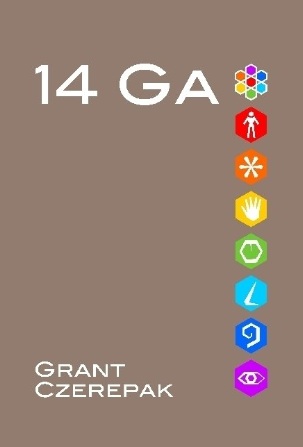
I have been reflecting on the concept of creation and the concept of evolution for the past week. For most of history humanity has thought about a first cause and has attributed it to different gods. Gods were creators. In the west after a 1300 year dark age, around 1500AD, the renaissance led humanity to democratize creation. Humans took creativity away from gods and attributed to themselves as well. Then Charles Darwin came along.
Darwin had an even more humbling proposition. There was no creation. And as modern minds have considered Darwin’s theory they have been finding that there may be no origin, no direction, no destination and no constants to the universe at all. There is only change.
Until now humans have been clinging to the belief that they are creative. However, as we learn more about nature and human beings we are finding that humans have to accept that we are a product of and no different than the evolution that produced us. There is no origin, direction, destination or constants in our lives either. Anyone who claims certainty is no less gambling on life than anyone who accepts uncertainty.
Everything and everyone is unique and unintelligent. There are no creators and no designs. We have to democratize evolution.
We have to accept that we are all here for no other reason than evolution produced us. Darwin himself did not understand that there is no such thing as fitness. No one is more fit than anyone else because existence is arbitrary. Control is an illusion. All of humanity could cease to exist in a moment due to an unknown cosmic event.
So, when I look at people taking credit for anything or giving credit to a god, I am not persuaded at all. Because I know that they and all they produce as well as I and all I produce have no origin, no direction, no destination and no constants. Everyone is an impostor.
I have no need for guilt. No need for forgiveness. I can live as I wish. Quality and quantity of life are subjective. The motives and organization, events and locations, services and products, units and measures, currency and prices of life are arbitrary. Art and science, design and engineering, craft and trade, commerce and market are arbitrary. For all we do to alleviate our suffering there is always a new form of suffering to take its place.
Evolution is neutral. Beyond our understanding and beyond our judgment.
That was Job’s true lesson.






















